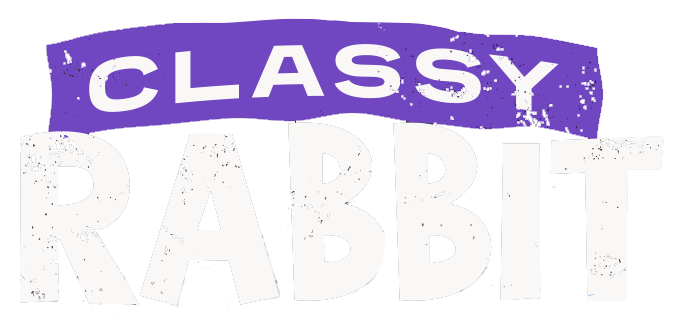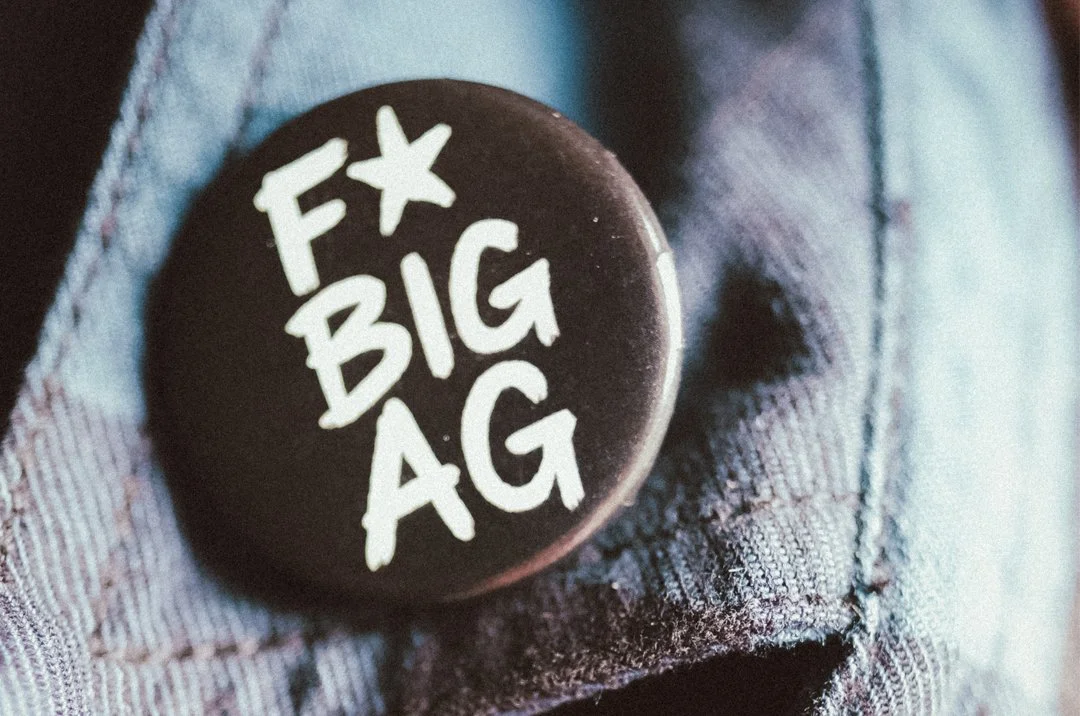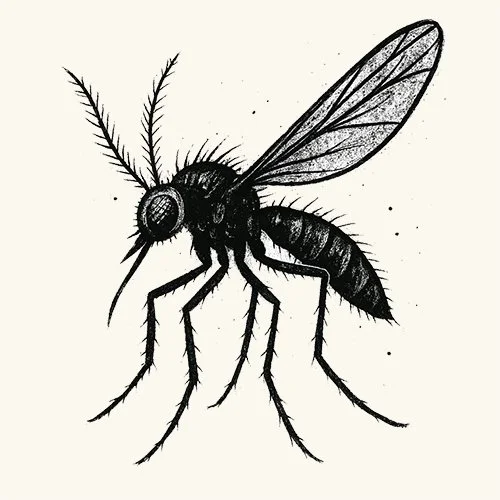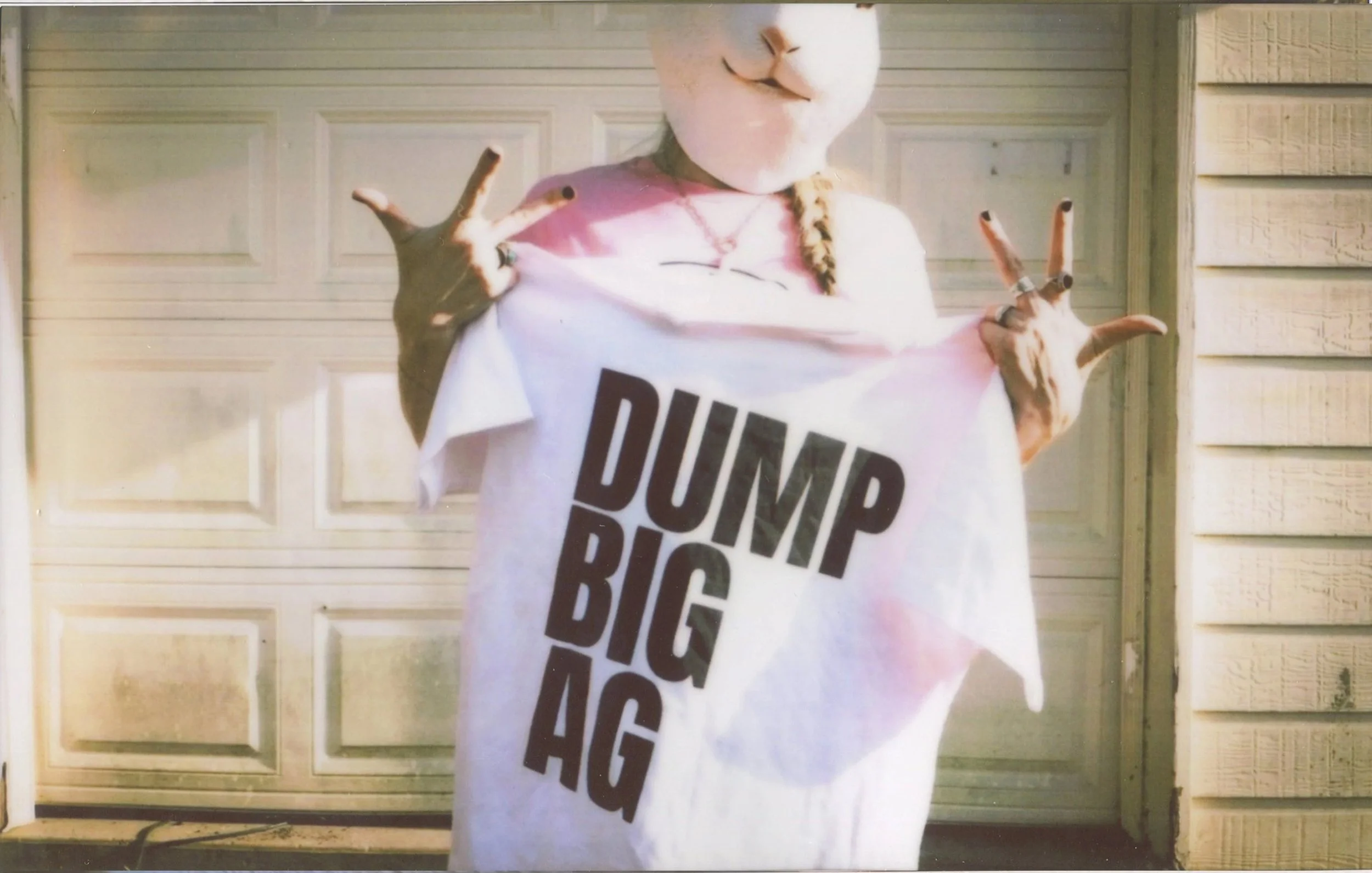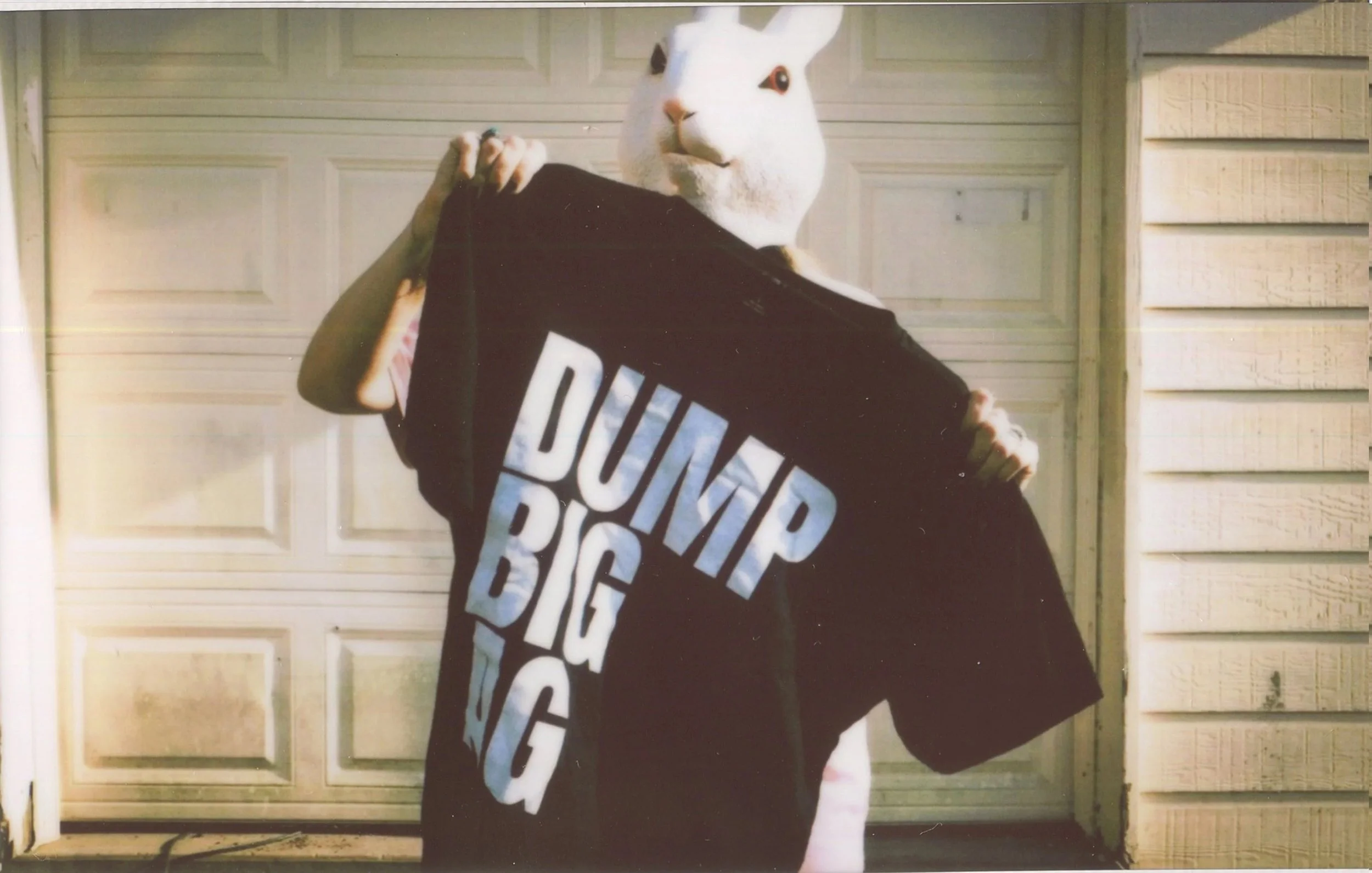Turns out people still read words on the internet. Weird, right? We figured we might as well join the fun—but on our terms. No SEO sludge, no 2,000-word manifestos. Just short rants, dirty truths, and other things we probably shouldn’t say.
Apparently, Blogging Is Still a Thing
why we say f* big ag
We hate what farming became when it stopped listening to the soil and started taking orders from accountants.
We hate what farming became when it stopped listening to the soil and started taking orders from accountants.
“Big Agriculture” isn’t big because it’s good. It’s big because it’s bloated. Subsidized. Market-tested. Focus-grouped to death. It’s a system that figured out how to grow more food by killing the thing that makes food possible: soil. That’s why our food isn’t good anymore.
They don’t grow life anymore—they grow dependence. Dependence on fertilizer. Then dependence on pesticides. Dependence on the illusion that your garden, or your field, or your future needs one more synthetic fix.
Big Ag doesn’t feed people. It feeds its shareholders. And if there’s one thing they can’t stand, it’s you realizing you don’t need them.
That’s why we’re happy to say F* Big Ag. Not because it’s edgy. Because it’s earned.
They hijacked words like natural and sustainable until hoping they’d eventually lose their meaning. Guess what? They succeeded! They turned organic into a government subscription. They package poison in green and call it progress. Then they charge you extra to clean up the mess they made.
Meanwhile, soil sits there—quiet, patient, alive—doing what it’s done for millennia. Recycling carbon. Storing water. Feeding microbes. It’s a self-sustaining system until Big Ag shows up with a clipboard and a spray rig.
So, we don’t need them. Never did. Our products don’t exist to compete with them. They exist to embarrass them. Because the truth is simple: if the soil’s alive, the plant will be too. And, if the system’s honest, you don’t need a sticker of approval from some lab that’s happy to be paid off.
And if the world ever gets tired of being sold back its own dirt, we’ll be right here—with rabbit poop and a grin—saying what we’ve always said: F* Big Ag.
FUNGUS GNATS suck but they mean something
People lose their minds over fungus gnats—I get it. A couple tiny black flies show up, and suddenly it’s DEFCON 1 in the living room. Candles lit. Garlic cloves stabbed in the soil. Cinnamon sprinkled like it’s a Christmas latte gone wrong.
People lose their minds over fungus gnats—I get it. A couple tiny black flies show up, and suddenly it’s DEFCON 1 in the living room. Candles lit. Garlic cloves stabbed in the soil. Cinnamon sprinkled like it’s a Christmas latte gone wrong.
Here’s the truth: fungus gnats are just squatters in good soil. Their larvae hang out in the top layer, munching on fungi and organic matter. And yes, too many of them can stress young roots. But the reason they’re there in the first place? Because your soil has life.
That’s the irony nobody—especially newbies—wants to admit. You know where fungus gnats don’t show up? Sterile, dead potting mix. The kind that brags about being “safe” because nothing grows in it—not even pests. Congratulations, you bought a bag of drywall dust.
So no, gnats don’t mean your soil is doomed. They mean it’s alive. The trick is balance—keeping the biology thriving without letting the freeloaders overstay their welcome.
And yeah, that’s why we made Slashy Rabbit. Not because fungus gnats are terrifying, but because they’re annoying. Because nobody wants to drink coffee in the morning with little goth fruit flies circling their head. Slashy knocks them back in a few days without nuking the good stuff.
So here’s your choice:
Freak out and turn your windowsill into a Yankee Candle altar, dust your plants like a snickerdoodle, and hope the bugs respect your Pinterest witchcraft.
Or manage the crowd, keep the band playing, and let the soil do its thing.
Fungus gnats suck—they just do. But they’re a reminder your soil’s alive. Annoying? Sure. But death sentence? Please.
Why We skip the “Organic” label bs pt.2
Sometimes I wonder if the people who slap “organic” labels on their products realize they’re just… paying rent on a word.
Sometimes I wonder if the people who slap “organic” labels on their products realize they’re just… paying rent on a word. Like, way to go bud, you bought the right to use a sticker. Hoorah!
If we wanted to play that game, we’d have to raise our prices too. Not because rabbit poop suddenly got fancier (spoiler: it’s still rabbit poop), but because somebody in a government office somewhere wants a check before you can call yourself “organic.” Imagine that. Your soil doesn’t change, your compost doesn’t change, your plants don’t suddenly sprout halos—but your price tag sure changes. Upward and onward, I guess.
To remind you:
“The organic label is a marketing tool. It is not a statement about food safety. Nor is ‘organic’ a value judgement about nutrition or quality.” – Dan Glickman
Translation: It’s just branding.
Wouldn’t you know it, CATO Institute doubled down:
“We shouldn’t be surprised by Glickman’s candor. If the industry did claim specific benefits for safety, nutrition, or quality, it would have to provide evidence to prove those claims to consumers and regulatory authorities.”
So the industry doesn’t make those claims—because they can’t. The label is smoke and mirrors.
Look, I’m not saying some of those other guys aren’t on the plus side of passable. What I’m saying is: people just want a solid, useful bag of soil. Why work so hard to dupe them with stickers and fees and loopholes? If your soil is good, it’ll speak for itself.
So there you have it, pay extra for the sticker if you want. Fund the bureaucracy. Keep the illusion alive. But don’t kid yourself—it’s not really farming, it’s paperwork cosplay. I like dress up as much as the next guy—actually I don’t—but you get what I mean.
Why We skip the “Organic” label bs
“Organic has become the yoga pants of the home gardening world—everyone’s wearing them even if they’ve never seen a yoga mat.”
Let’s get something straight: organic has never meant what you think it means. Not now, not back when the government slapped a shiny sticker on it. Even Dan Glickman—the USDA guy who rolled it out—admitted it: “The organic label is a marketing tool. It is not a statement about food safety. Nor is ‘organic’ a value judgement about nutrition or quality.” Translation? It’s a sales pitch dressed up as virtue.
That’s why we’ve never used it. We’re not here to play pretend. On our packaging we even say it out loud: “Organic has become the yoga pants of the home gardening world—everyone’s wearing them even if they’ve never seen a yoga mat.” Looks good in public, doesn’t mean much in practice.
Want proof? I once bought an “organic” bell pepper. Sliced it open. No seeds. Maybe it passed some checklist according to some government lab, but you don’t need a PhD in agriculture to know something’s off when nature forgets to do her job. Later, in my work as a policy researcher, I learned what I already suspected: “organic” is a loophole buffet. And guess who’s holding the plate? Not you.
Here’s the fine print: “organic” doesn’t mean pure. It means less poison than the non-organic stuff. That’s it. It’s the dietary equivalent of saying, “Don’t worry—this cigarette has fewer chemicals.” Congratulations, you’re still smoking.
So no, we won’t sell you a label. We’ll sell you poop. Because labels don’t grow plants. Carbon does. Soil does. Remember, kids: don’t trust your government—trust rabbit poop.
